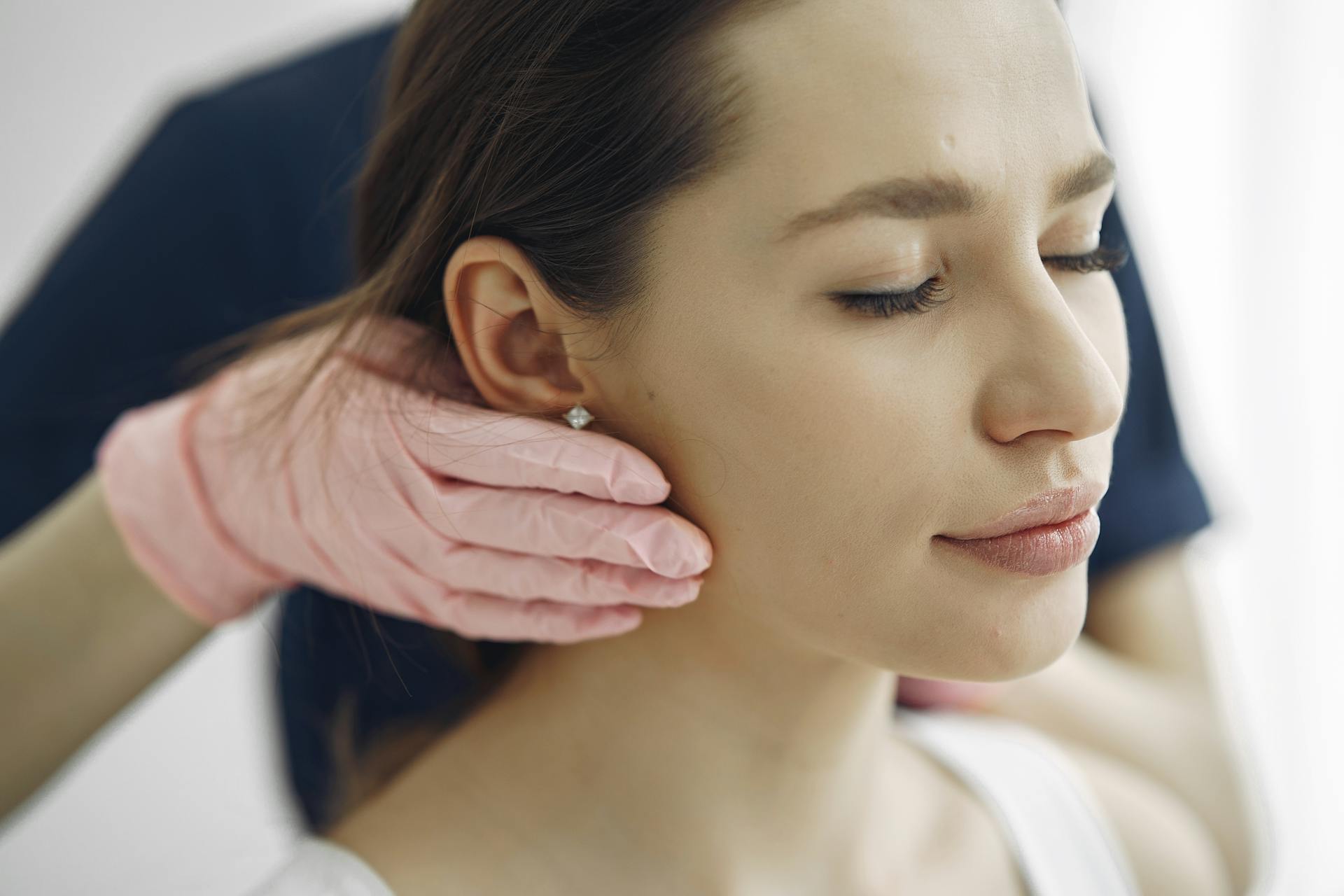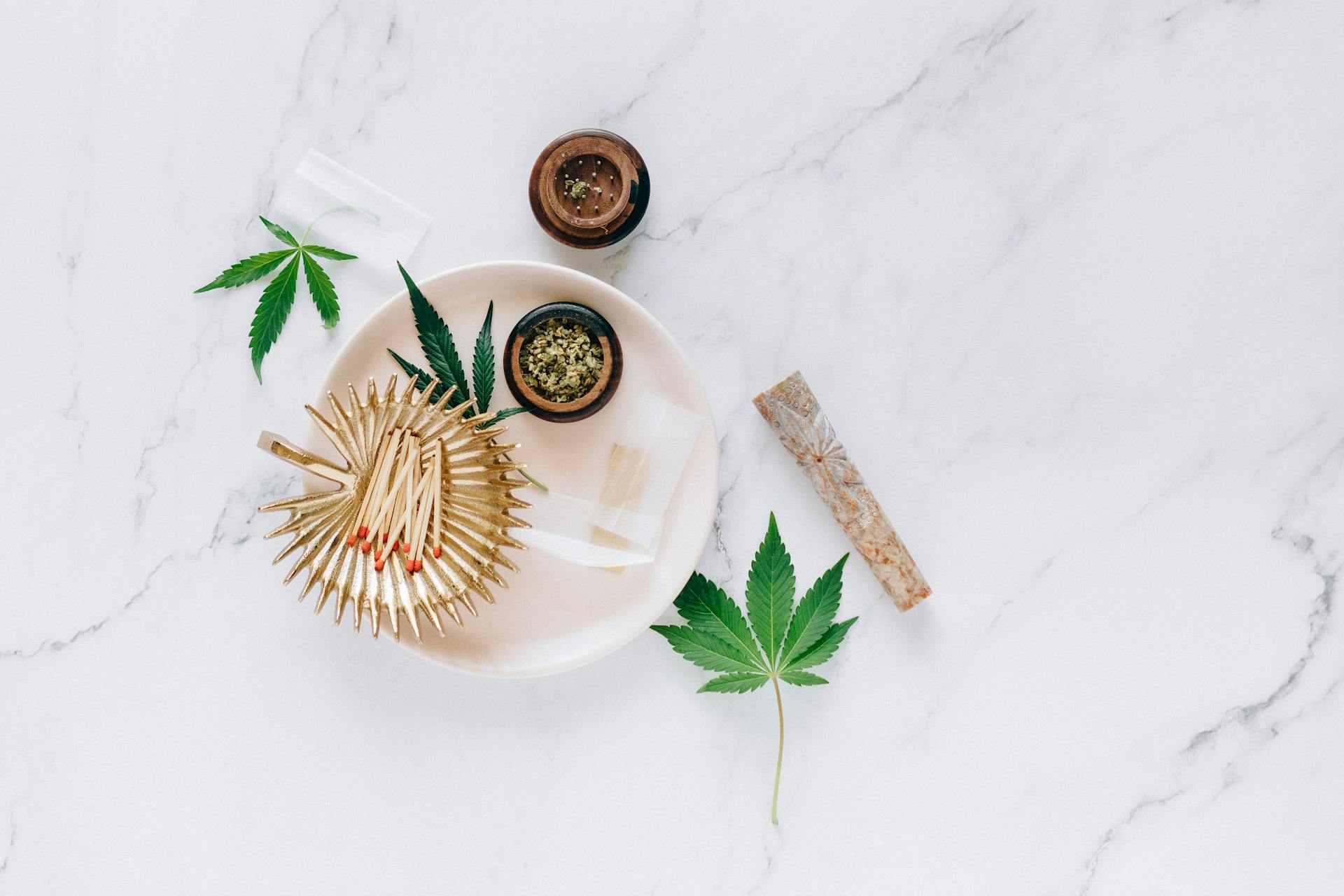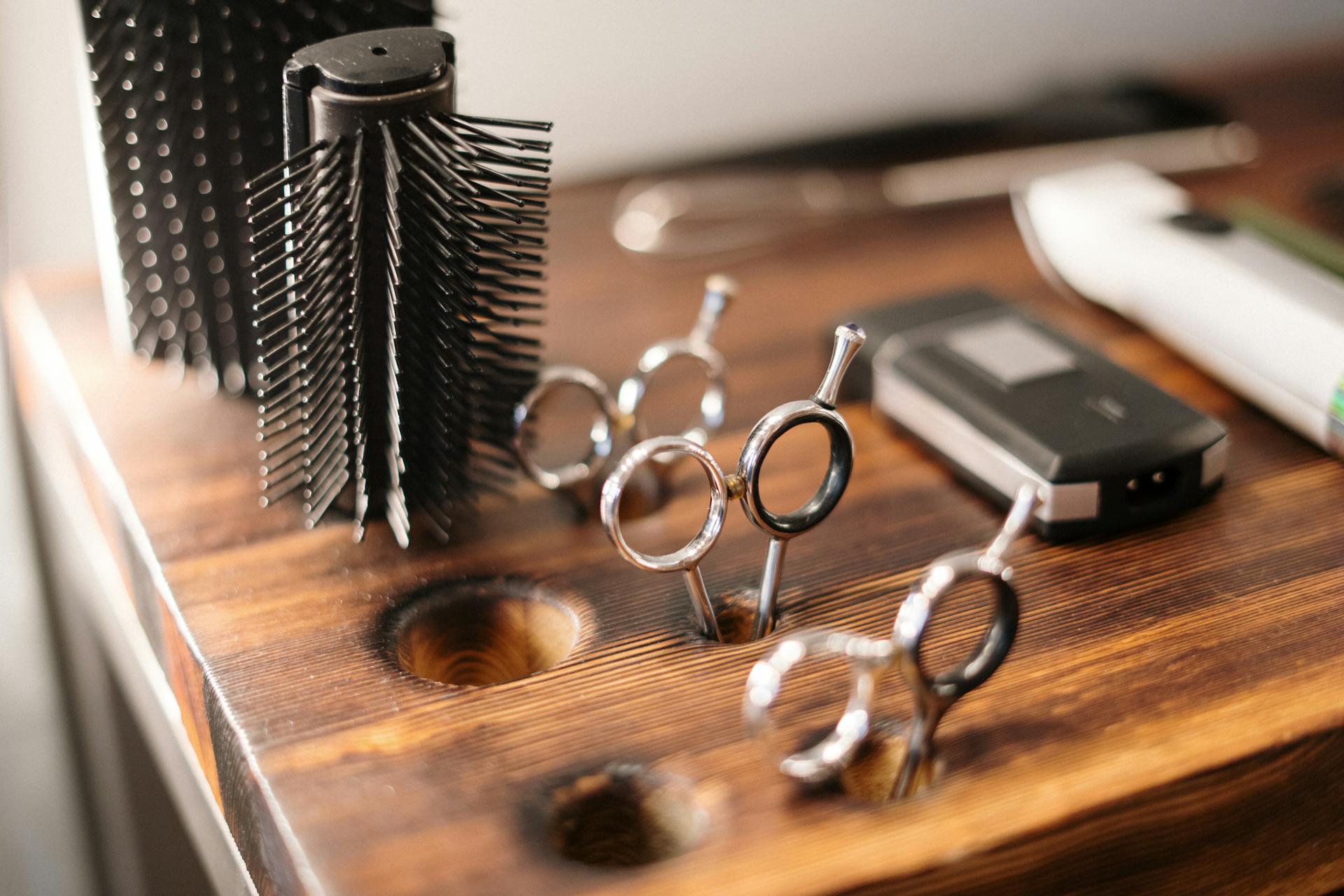
Skin care moving to the Rocky Mountains is no joke. When I moved to Banff, Alberta from Australia, I meticulously researched everything about the mountain town - or so I thought. I expected short winter days and long summer nights, ski culture, and a large number of young Australians. However, what I didn't expect was how the dry mountain air would affect my skin.
At first, it seemed like nothing was wrong. But as the weather changed and winter settled in, my skin started flaking and I noticed small itchy dry patches. And then came the horizontal wrinkles on my forehead that finally connected - a line taunting me from opposite ends. It was then that I realized how much environment affects our skin requirements.
In this article, I'll be sharing what I wish I knew about skin care before moving to the mountains - tips that will help you take better care of your skin in similar environments. So if you're planning on making a move to higher altitudes or just want to know how to keep your skin healthy in harsh climates, keep reading!
Transforming Your Environment Affects Your Skin Requirements
Your skin-care routine needs to evolve. Changing the environment you're in can affect your skin in unexpected ways. If you're moving from a land-locked high-altitude environment to a coastal town, the humidity will make your skin combine with the saltwater in the air. In humid climates, lower humidity dries out your skin, and extreme temperature swings cause damage.
When moving into a dank basement or a home with short periods of sunlight, your skin may suffer. Hair refuses to cooperate, and it'll smell musty without proper ventilation. A random moisturizer won't cut it anymore; you need skincare that works for your new environment.
Dr. Ramiens Skin learned that adjustment meant changing moisturizers because different environments require different solutions. In dry areas like deserts, moisturizers with humectants are best; they help retain moisture in the skin. However, in humid climates, lightweight formulas are ideal because they don't clog pores while still hydrating the skin.
Unveil Your Best Skin Yet with Exfoliation
Facial exfoliation is a crucial step in any skincare routine. Dead skin cells can accumulate on the surface of the skin, leaving it dull and rough. A recent GH survey revealed that many women skip this important step. Exfoliating regularly can help reveal smoother, brighter skin.
There are two main types of facial exfoliants: physical exfoliants and chemical exfoliants. Physical or mechanical exfoliators are products that require manual scrubbing to remove dead skin. This category includes washcloths, cleansing brushes, and face scrubs. These are great for all skin types concerns but should be avoided if you have sensitive skin or acne-prone skin. Chemical exfoliants include treatments like face peels that use chemical exfoliating ingredients such as alpha-hydroxy acids (AHAs) and beta-hydroxy acids (BHAs). These are perfect for oily skin or those who prefer not to use physical exfoliants.
It's important to note that you don't need to use an exfoliant every day. Over-exfoliating can cause irritation and damage to the skin barrier. Depending on your skin type, combo exfoliants can work best - rinse-off physical and cleansing chemical exfoliants applied weekly or twice a week maximum for dry skin while oily skin types may benefit from more frequent usage of these products. With regular facial exfoliation, you'll notice a significant difference in the texture and appearance of your complexion – so go ahead, unveil your best skin yet!
Persevere Towards Your Goals
Are you looking to achieve healthy, glowing skin? Moving towards your skincare goals requires patience and perseverance. Good things come to those who wait, and this includes skincare routines.
It's important to remember that you can't expect results overnight. Consistency is key when it comes to achieving healthy skin. Dermatologist-approved daily skincare routines consist of basic steps that you can incorporate into your at-home regimen both morning and night, including cleansing, toning, moisturizing, and protecting with SPF. It's also essential to choose the right skincare products for your specific skin type, whether it be oily, dry, combination or acne-prone skin. By staying consistent with your daily routine and using the right products for your skin type, you'll be on track towards achieving your skincare goals in no time!
How we vet brands and products

Evaluating brands and products is a crucial part of our skin care moving journey. We carefully assess each brand's health claims and thoroughly evaluate ingredients to ensure they are safe for use on our current body. Our team of writers and educators come from a diverse group, as we understand that everyone's skin is unique, and what works for one person may not work for another.
Scientific evidence is also considered when vetting brands and their products. We look for studies that support the effectiveness of specific ingredients or product application varies, such as a simple 3-step routine versus a full 10-step regimen. We believe that the impact of products matters, and we want to ensure maximum impact for our readers' skin care routines.
Finally, we only recommend cosmetics we genuinely love. Our tried-and-true skin care regimen includes sheet masks, moisturizers, serums, and more. If there's a specific product you're curious about, check out our shop link where you'll find reviews on various beauty items. Remember that what works for us may not work for you. Always do your research before purchasing any new skincare product!
Discover if One Skincare Routine Fits All Skin Types
Finding the ideal daily routine for healthy glowing skin can be an endless search. While there is no one-size-fits-all solution, there are a few good general guidelines that can serve as a starting point for any skincare regimen. First and foremost, it's important to remember that everyone's skin is different and reacts differently to various products and ingredients. What works perfectly for one person may not necessarily work for another, and vice versa.
Katie Berohn, the beauty assistant at Prevention magazines within the Hearst Lifestyle Group, graduated from the University of Colorado Boulder with a degree in Technology Arts and Media before earning her Masters degree from NYU's graduate program in Magazine Journalism. In addition to Katie's expertise, it's important to do your own research and experimentation to find what works best for you. It's also important to take into consideration factors such as age, skin type (dry, oily, combination), environmental factors (like pollution or climate), and specific concerns (such as dark spots or acne).
Dori Price, a New York City-based freelance writer and beauty/style/wellness expert who has held editorial internships at Denver Life Magazine and Yoga Journal, recommends incorporating face exfoliators, dark spot correctors, mineral sunscreens for brighter skin, organic sunscreens for mature skin, 6 black-owned sunscreen brands that provide both protection and hydration. She also suggests using night creams and eye patches to banish dark circles and neck-firming/tightening creams for anti-aging benefits. Ultimately though it all comes down to listening to your own body/skin!
Enhance your Nighttime Routine with the Right Products
A good nighttime routine is crucial to keeping your skin healthy and glowing. It's important to choose the right products that work for your skin type, as thicker products can clog pores and make skin sensitive. Avoid using physical exfoliants, which can cause damage to the top layer of the skin, especially when exposed to sunlight. Instead, opt for chemical peels that gently remove dead skin cells and promote cell turnover while keeping your skin well hydrated.
1. Basic evening routine
Your evening routine is just as important as your morning ritual. The first step is using a makeup remover to ensure that all the makeup residue and lingering dirt are cleared from your skin. This creates a clean slate for the rest of your skincare routine. Next, apply spot treatment to effectively treat breakouts and prevent them from happening overnight.
Avoid using too many drying products at night as this can strip your skin of its natural oils. Instead, opt for a night cream or sleep mask with ingredients that aid in skin repair. A richer moisturizer assists in keeping your skin hydrated while you sleep, resulting in a more youthful appearance in the morning. By following these simple steps, you'll wake up with glowing, healthy-looking skin every day!
2. Step 1: Oil-based makeup remover
When it comes to skin care moving, the first step in any cleansing routine should be using an oil-based makeup remover. This type of cleanser is ideal for removing makeup because it works by breaking down the oils and waxes found in most cosmetic products. Natural oils produced by the skin can also be removed with an oil-based cleanser, making it a great choice for those with dry skin or oily skin.
When using an oil-based makeup remover, it is important to follow specific product instructions. Generally, the cleanser is applied with gentle massage motions to the face and then rinsed off with warm water. Some popular options include the Deviant Enzymatic Cleansing Oil and DHC Deep Cleansing Oil. However, if you don't wear makeup, a water-based product like micellar water may be sufficient for removing residue from your skin. Regardless of which product you choose, using a makeup remover helps remove makeup residue while fully removing excess oil that can clog pores during both daytime cleansing and nighttime cleansing.
3. Step 2: Water-based cleanser
After removing your makeup with an oil cleanser, the next step in double cleansing is to use a water-based cleanser. Water-based cleansers react differently than oil-based ones, and they're designed to remove any residue left on your skin after using an oil cleanser. To use a water-based cleanser like TULA Super Calm Gentle Milk Cleanser or CeraVe Hydrating Facial Cleanser, you'll apply it to wet skin and massage gently before rinsing off.
A gentle formula with a neutral pH is key when choosing a water-based cleanser. This will help protect your skin's natural barrier and avoid scrubbing or irritation. If you experience dryness or irritation, switch to a hypoallergenic, fragrance-free option that will restore moisture while gently cleansing. Pros of double cleansing include removing makeup thoroughly and achieving clearer skin without stripping the skin's natural oils.
4. Step 3: Exfoliator or clay mask
Exfoliation removes dead skin cells and helps clear pores, making it an essential step in any skincare routine. Clearing pores is where clay masks work best. They absorb excess oil and remove leftover dirt to unclog pores. The skin soak also helps in the absorption of other skincare products applied later on. When using exfoliators or clay masks, follow product instructions carefully and be mindful of recommended time for application. Afterward, rinse off with warm water and pat dry.
It's recommended to apply clay masks once a week and to focus on specific problem areas while leaving it on for the recommended time. Some popular clay mask products include Kaolin clays that help purify clogged pores like Peter Thomas Roth Therapeutic Sulfur Mask. However, avoid overuse as this may cause irritation to sensitive skin. If irritation occurs with exfoliators, stop use immediately and wear sunblock as it can cause sun sensitivity. Pros of exfoliation include removing dead skin cells, chemical exfoliators that remove impurities, prevent breakouts while physical exfoliators such as coarse sugar are best suited for sensitive skin types as the product leaves your skin irritated if used too often.
5. Step 4: Hydrating mist or toner
The fourth step in your nighttime cleansing routine (DermNet NZ) is to give your skin a moisture boost with a hydrating mist or toner. Spritz mists like the Mario Badescu Facial Spray with Aloe, Cucumber and Green Tea are great for all skin types. Toners apply moisture to the skin while also removing leftover residue that may be missed during cleansing. Simply apply a small amount to a cotton pad and gently swipe across your face.
While there are pros to using toners, such as balancing the skin's pH levels and helping to maintain the skin's barrier, there are also cons to alcohol-based products that can dry out sensitive skin types. It's important to find a hydrating mist or toner that works for your specific skin type and avoid overuse of products with high levels of alcohol. For those with sensitive skin, you may find Tower 28 SOS Daily Rescue Facial Spray worthwhile as it is specifically formulated for sensitive skin types.
6. Step 5: Acid treatment
The thought of using acids on your skin may sound scary, but acid treatment is an essential part of any skin care routine. These skin care treatments encourage cell turnover for beginners and help reduce signs of aging, scarring, and uneven skin tone. Options include acne-busting salicylic acid and moisturizing hyaluronic acid.
Before applying any acid treatment, it's important to do a patch test and wait at least 24 hours to ensure that your sensitive skin won't react negatively. To apply the acid treatment, use a cotton pad and gently swipe over your face, avoiding the eye area. For oily skin types, you can safely layer acids and apply thinner products first to lower pH levels. For hydration, choose Peter Thomas Roth Water Drench Hyaluronic Cloud Serum. One of the most popular glycolic acid treatments out there is Alpha-H Liquid Gold - this cult classic uses glycolic acid to exfoliate the surface of your skin while promoting collagen production.
7. Step 6: Serums and essences
Serums are an essential part of any skin care routine. These products deliver highly concentrated skin benefits directly to your skin, making them much more effective than a watered-down version of the same ingredients that you might find in other types of skincare products. If you have dry skin, look for a serum with ingredients like green tea extract to add extra hydration. Dull complexions can benefit from serums that contain brightening agents like the La Roche-Posay Retinol B3 Serum or Sunday Riley CEO Brightening Serum, which contains 15 percent vitamin C for a powerful brightening effect.
When it comes to applying serums and essences, there are a few things to keep in mind. First, remember that compared to other skincare products, you only need to use a small amount of serum – about the size of a pea is usually enough. Make sure to patch test any new product for at least 24 hours before using it on your face, and always read the instructions to ensure you're using it correctly. If you're layering multiple products, apply water-based formulas first so they can penetrate the skin's surface before applying thicker creams or oils. Good dispense and formula type also play important roles in how well a product delivers its benefits.
Overall, the pros of serums are clear – they deliver powerful ingredients directly where they're needed most for pro-aging support moisturizing brightening or spot reduction benefits. Just make sure you choose the right one for your skin type and follow the instructions carefully for optimal results!
Frequently Asked Questions
Does the Order in which you apply your skincare products matter?
Yes, the order in which you apply your skincare products matters. Start with cleansing, followed by toner, then serum or treatment, moisturizer, and finally sunscreen during the day. This ensures maximum absorption and effectiveness of each product.
What to do in the mountains?
There are plenty of activities to enjoy in the mountains such as hiking, skiing, camping, and sightseeing.
What is the Order of your skin care routine?
The order of your skin care routine should be: cleanser, toner, serum, eye cream, moisturizer and SPF. This ensures that your skin is properly cleansed, hydrated and protected from the sun's harmful rays.
Should you move to the mountains?
Moving to the mountains can provide a healthier lifestyle with fresh air, outdoor activities, and beautiful scenery. However, it's important to consider factors such as job opportunities and access to basic necessities before making a decision.
What should I consider before moving to the Rocky Mountains?
Consider the climate, cost of living, access to healthcare and job opportunities before moving to the Rocky Mountains. Additionally, research the specific area you're interested in and visit before making a final decision.
Featured Images: pexels.com


